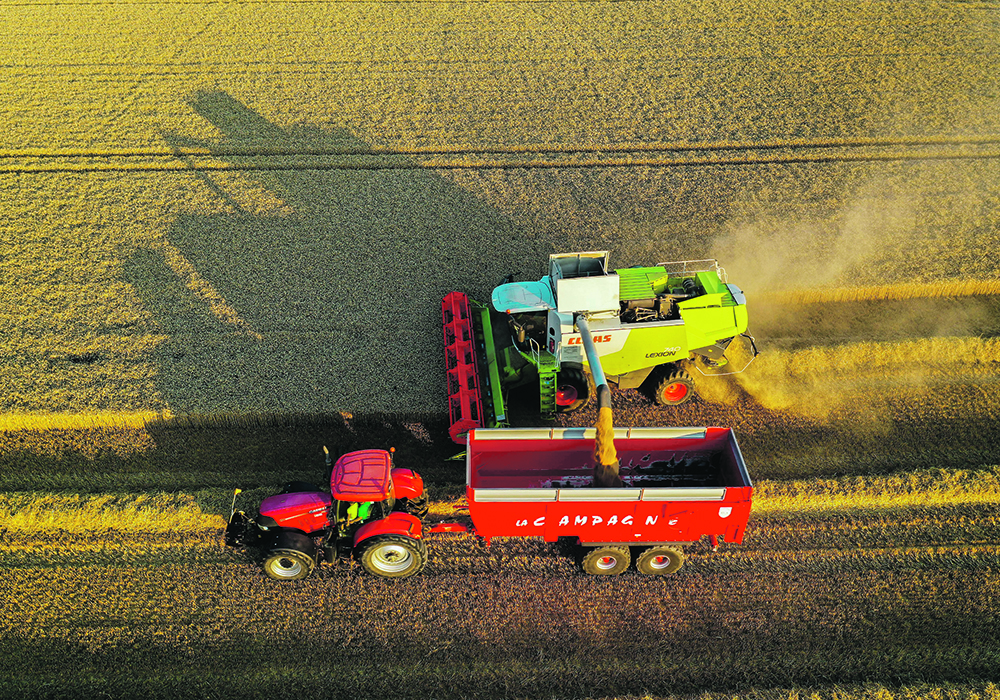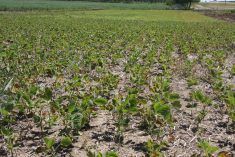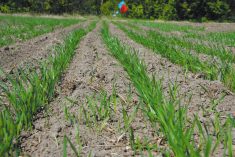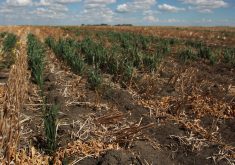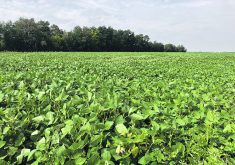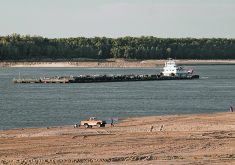France has received 30 percent less than the average precipitation this year, which could cause irreversible damage
PARIS, France (Reuters) — Dry, hot weather in France in the coming 10 days after several months of little rainfall will cause irreversible damage to grain crops in the European Union’s largest grains producer, a technical institute said May 5, adding to worries about tight global supplies.
European wheat markets have rallied in recent days on concerns about dry weather in France and some other major producing countries at a time when the war in Ukraine has reduced grain supplies.
Between Jan. 1 and May 10, France will have received about 30 percent less than the average precipitation of the past 20 years, making the soil sensitive to further dry weather, said Jean-Charles Deswarte, agronomist at crop institute Arvalis.
Read Also
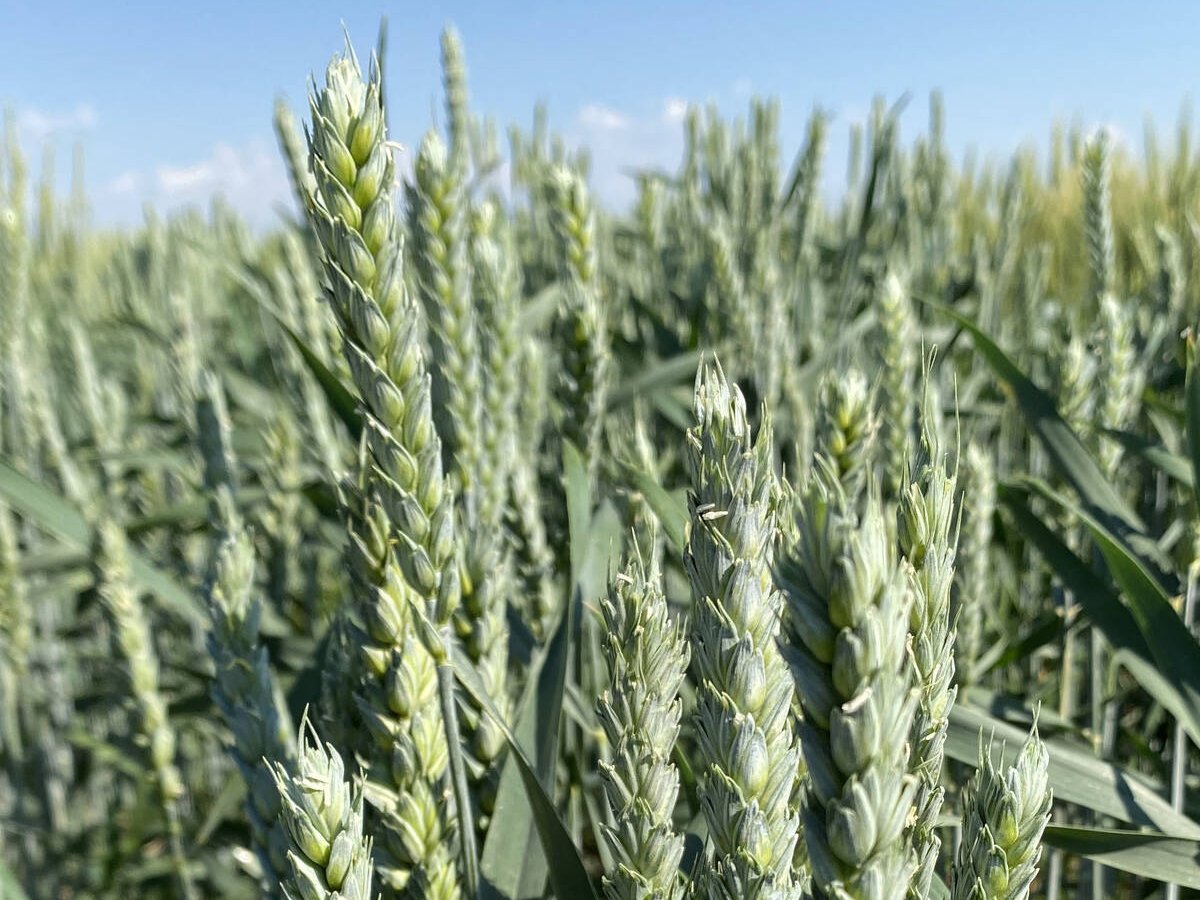
Discovery promises big wheat yield gain
University of Maryland researchers have discovered a gene that produces three grains per wheat floret instead of the usual one.
“Weather Forecaster Meteo France is announcing no rain and hot temperatures for the next 10 days. Plants will clearly not be able to face that,” he said.
“There will likely be a fall in the number of ears, surely be a fall in the number of grains per ear and, depending on the weather in the following days, (there’ll) probably be a fall in the grains’ weight,” he added.
The expected fall in yields would come as French farmers cut back on wheat seeding ahead of this year’s harvest, with the ministry last month estimating the fall at 3.9 percent on 2021 and 0.7 percent below the average of the past five years.
Some rainfall in March and April provided relief for the crops in some parts of France, but many areas remained dry, Deswarte said, citing reports from local experts.
“Worse is to come. Apart from deep soils and some irrigated crops, it is to be feared that the damage will be irreversible. Even if it rains afterwards the plants will not be able to catch up,” he said.
He said the regions south of Paris would be most hit. In the breadbasket in northern France, where the soil is deeper and crop development at a later stage, partial damage could potentially be saved if there is rain in late May or June.
“The real question is how long this dry weather will last,” he said.

